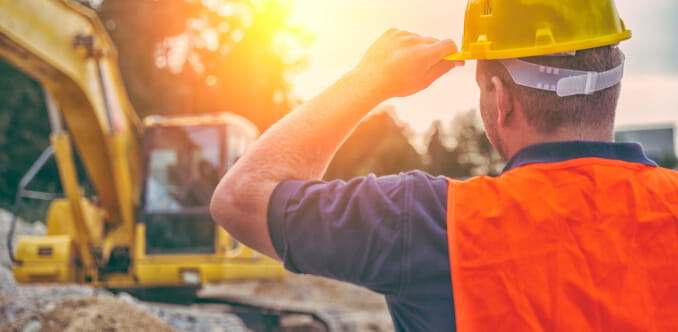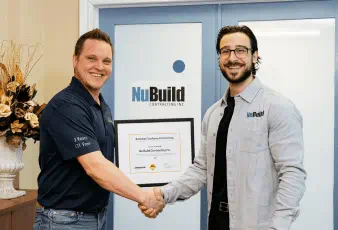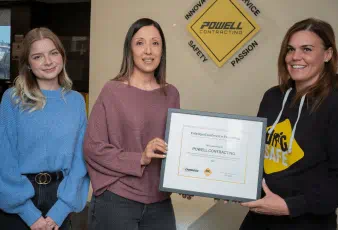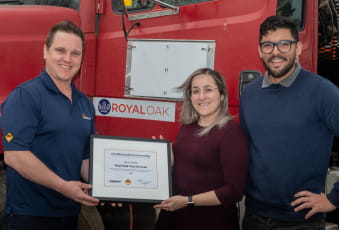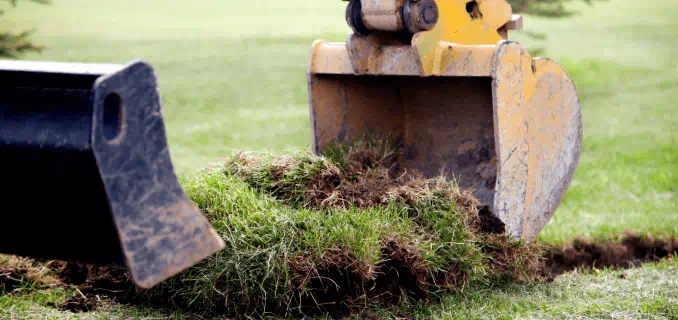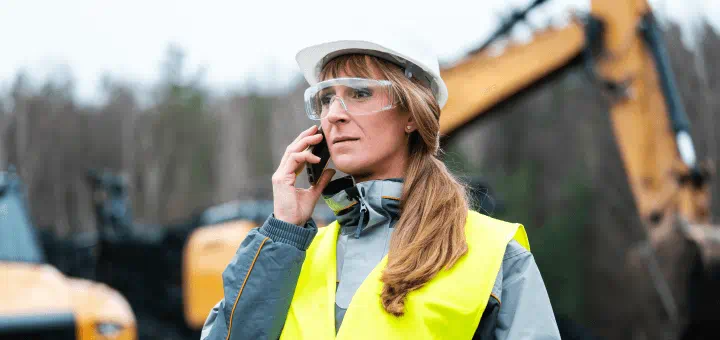Have your locate information on-site
Your locator will provide you with a locate sheet identifying the work area. This may also be received as an email that will need to be printed out and kept on-site. Check that the document matches the flags/paint markings on the ground before starting any work.
